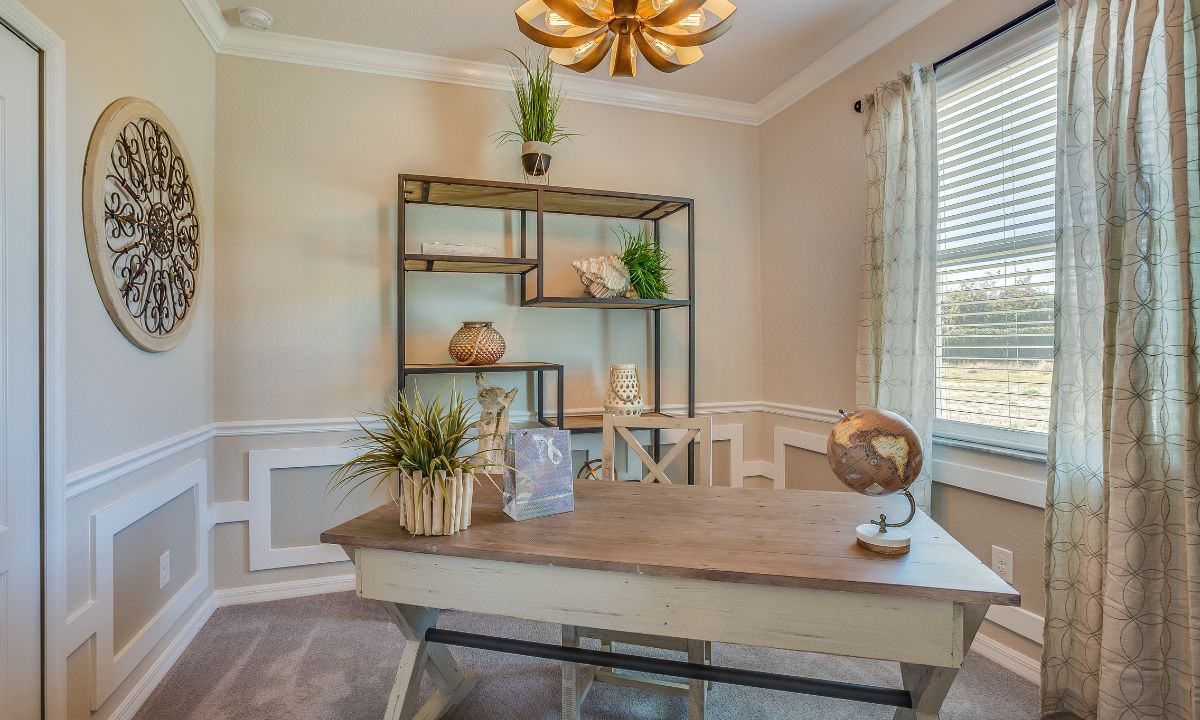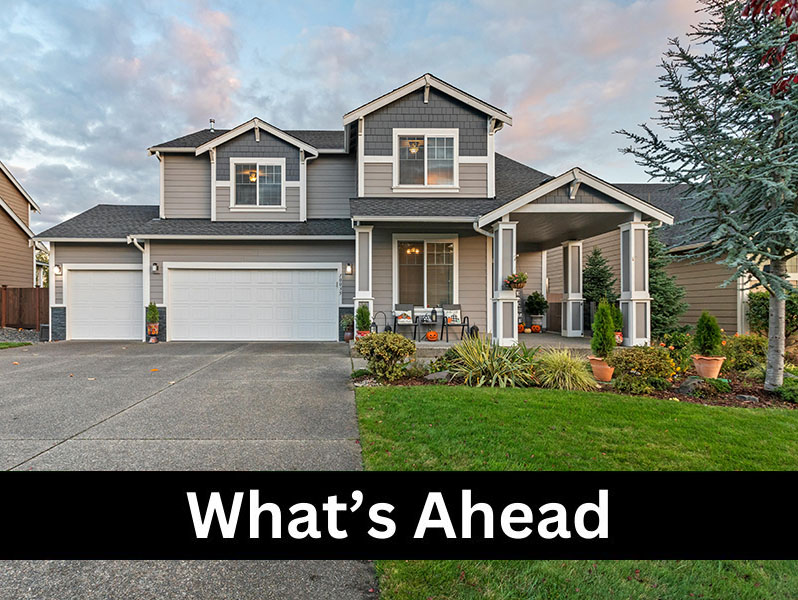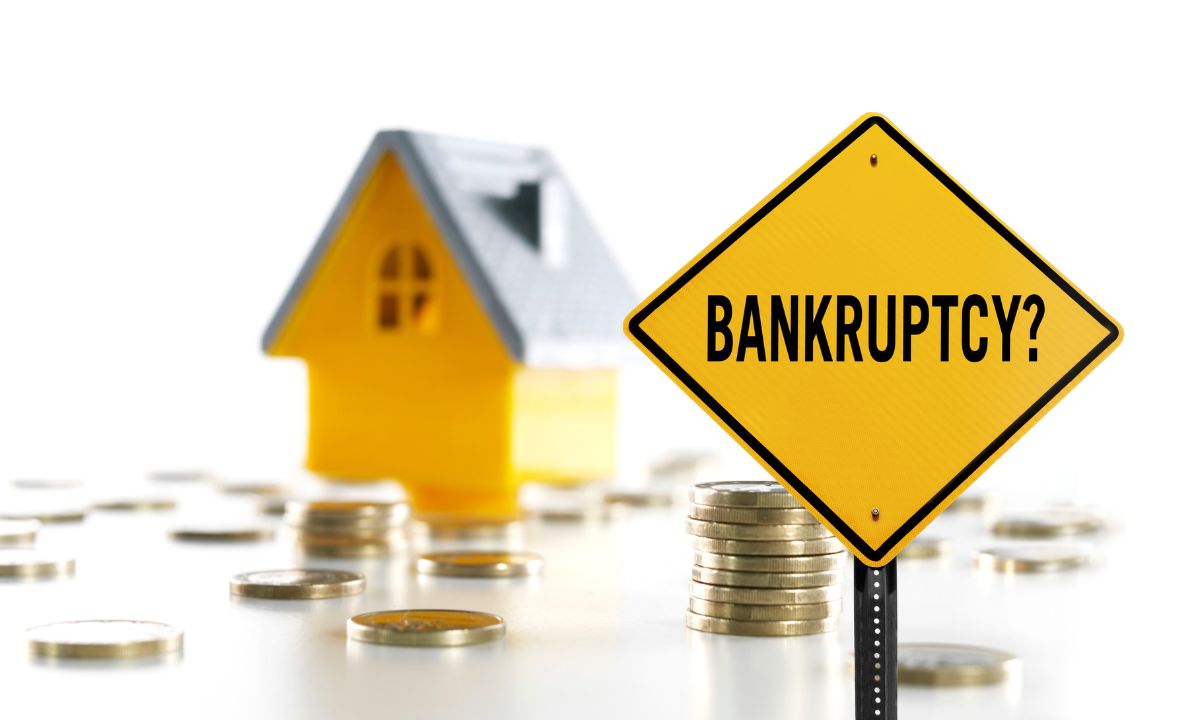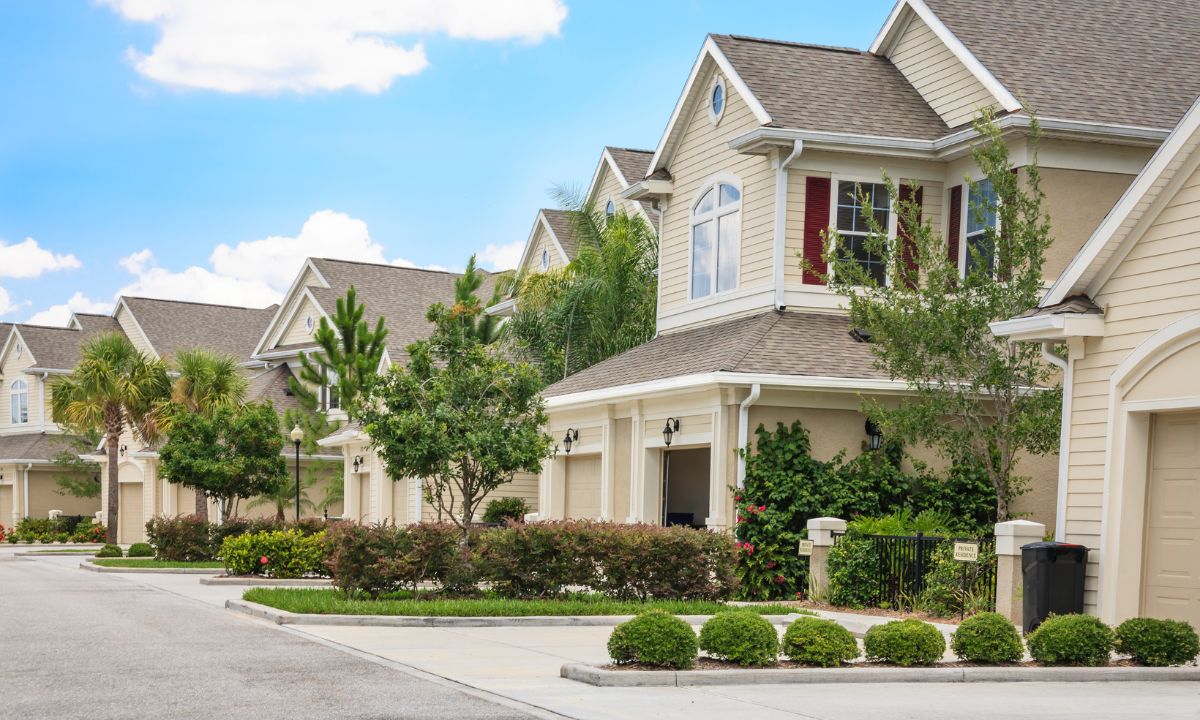 When selling a home, staging can be the key to a faster sale. It helps buyers imagine living in the space and showcases the home’s best features. Here are five simple tips to stage your home and make it more appealing:
When selling a home, staging can be the key to a faster sale. It helps buyers imagine living in the space and showcases the home’s best features. Here are five simple tips to stage your home and make it more appealing:
1. Declutter and Depersonalize
To make your home inviting, remove excess items and personal belongings. Too much clutter can overwhelm potential buyers, and personal photos or unique decor can make it harder for them to picture the space as their own. Stick to simple, clean lines and open spaces to highlight the home’s best features.
2. Boost Curb Appeal
First impressions are crucial, so make sure the exterior of your home is inviting. Power-wash the driveway, trim bushes, plant fresh flowers and give the front door a fresh coat of paint. Clean windows and a well-maintained yard can make a big difference in how buyers perceive your home before entering.
3. Maximize Natural Light
Light and bright spaces are more appealing. Open all curtains and blinds to let in natural light. If certain areas are dark, add floor or table lamps with soft lighting to make the rooms feel warm and inviting. Well-lit rooms appear more spacious, creating a positive atmosphere for buyers.
4. Use Neutral Colors
Bold colors can distract buyers or make rooms feel smaller. Repainting walls in neutral tones like white, beige, or light gray creates a blank canvas that appeals to more people. Neutral colors help buyers visualize how they might decorate the home and make spaces feel larger and brighter.
5. Create Inviting Spaces
Every room should have a clear purpose and feel welcoming. Set the dining room table, add cozy throw pillows to the couch, and make the bedroom feel serene with neatly arranged bedding. Small touches like fresh flowers or simple decor help buyers imagine the space as their own without over-personalizing it.
Staging your home effectively can greatly impact how fast it sells. By decluttering, enhancing curb appeal, maximizing natural light, neutralizing color schemes, and inviting rooms, you’ll create an environment where buyers can envision themselves living and feel more motivated to make an offer.
 Last week was a fairly light week, with the non-farm payroll data being the most significant release. The data showed that payrolls are growing at a faster rate than historical trends suggest, which could indicate that inflation is still above the Federal Reserve’s target. In contrast, the upcoming week has a busy schedule, with many important economic releases lined up back to back.
Last week was a fairly light week, with the non-farm payroll data being the most significant release. The data showed that payrolls are growing at a faster rate than historical trends suggest, which could indicate that inflation is still above the Federal Reserve’s target. In contrast, the upcoming week has a busy schedule, with many important economic releases lined up back to back. When it comes to buying a home, one of the biggest decisions is whether to save up for a 20% down payment or opt for mortgage insurance. While a 20% down payment has traditionally been the gold standard, mortgage insurance is becoming an increasingly viable option for many buyers. Here’s a closer look at both paths to help you determine which is right for you.
When it comes to buying a home, one of the biggest decisions is whether to save up for a 20% down payment or opt for mortgage insurance. While a 20% down payment has traditionally been the gold standard, mortgage insurance is becoming an increasingly viable option for many buyers. Here’s a closer look at both paths to help you determine which is right for you. Filing for bankruptcy can make your dream of homeownership feel distant, but it doesn’t have to be the end of the journey. While there are challenges, understanding how bankruptcy impacts your finances and planning strategically can set you on the right path. Here’s a step-by-step guide to buying a home after bankruptcy.
Filing for bankruptcy can make your dream of homeownership feel distant, but it doesn’t have to be the end of the journey. While there are challenges, understanding how bankruptcy impacts your finances and planning strategically can set you on the right path. Here’s a step-by-step guide to buying a home after bankruptcy. When buying a home, there are many expenses to think about, title insurance might seem like just another one on the list. Conversely, this investment is important and can save you a lot of stress and money in the long run. Here’s why the cost of title insurance is well worth it.
When buying a home, there are many expenses to think about, title insurance might seem like just another one on the list. Conversely, this investment is important and can save you a lot of stress and money in the long run. Here’s why the cost of title insurance is well worth it. When you’re searching for a home, knowing the state of the local market is essential. Whether it’s a buyer’s or seller’s market can influence everything from price negotiations to how quickly homes sell. So, how can you tell if your dream neighborhood is favoring buyers? Here are some useful tips to help you gauge the market:
When you’re searching for a home, knowing the state of the local market is essential. Whether it’s a buyer’s or seller’s market can influence everything from price negotiations to how quickly homes sell. So, how can you tell if your dream neighborhood is favoring buyers? Here are some useful tips to help you gauge the market: